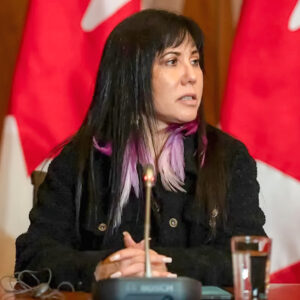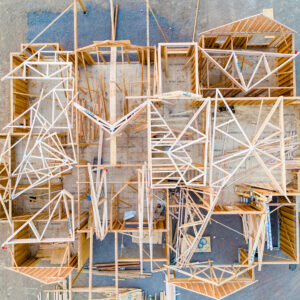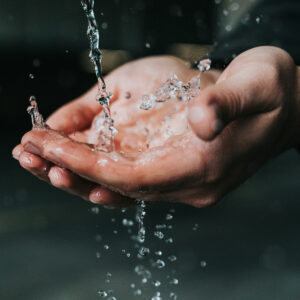
PIGEON LAKE – For the past two weeks the Jiimaan collective has been learning hands on about traditional Anishinabe harvesting of mahnoowin, a.k.a. wild rice, at the Gamiing Nature Centre.
Gamiing stands for “at the shore” and the centre is located on pigeon lake just south of Bobcaygeon, Ont. It is a non-profit charitable organization that dedicates itself to promoting the importance of living in balance with the needs of nature and the needs of humans. The harvesting teachings had participants that weren’t exclusively Anishinabe, but came from many diverse ethnic backgrounds.
The Jiimaan collective came from the deliberations of groups of elders who discussed for a day and half eventually deciding that Anishinabe have to be Anishinabe on the land and in the waters again. In that way she [Mother Earth] will know we care again so she will respond. Founding Anishinabe member Becky Big Canoe named the collective after her distant relative going seven generations back refused to let the colonials give him an English name. Her relatives name was Jiimaan.
“Harvesting the rice gets us on the waters because the waterways used to be our highways not so long ago,” said Big Canoe. “We needed to come up with a new vehicle towards revitalization efforts right across and I see these collectives as the way to do it. There are seven collectives across this part of the working this way and within them we want to revive our clan governance structures. Everyone will know their responsibilities.”
James Whetung of the Anishinabek nation was there to teach people how to harvest the rice. He has been doing it for close to 35 years. Whetung said that he does it to get rid of ignorance and racism. Also to try to rehabilitate our seed and food sovereignty.
“[To] help re-establish good health amongst our people,” said Whetung. “We are dependent on foods that are so high in sugar and carbohydrates that there is not one family on my reserve that hasn’t been effected by diabetes by going blind; affecting their kidneys or losing fingers, their toes, teeth and lives. Making it available to those that can’t get it.”
The harvesting began with various speakers pointing out that the harvesting area is under the Williams treaty and the nations that represent that treaty. The group then did ceremony and an offering of tobacco ties made by the group was sent out to the rice plants via canoe to give thanks and blessings for the mahnoowin.
The harvesters paddle out with two sticks to tap the rice plants dropping the rice grains into the canoe and leaving the plants undamaged. The next phase is to parch the rice in a large cauldron parching the grains over a wood fire until ready. The next step is to have clean moccasins worn by the dancers to dance on top of the rice in another cauldron to break up the husks. The final step is to winnow the rice which means to lift the rice by hand filtering the chafe into the wind.
It was agreed by the entire collective that the harvest was a great success and look forward to next year’s harvest.






